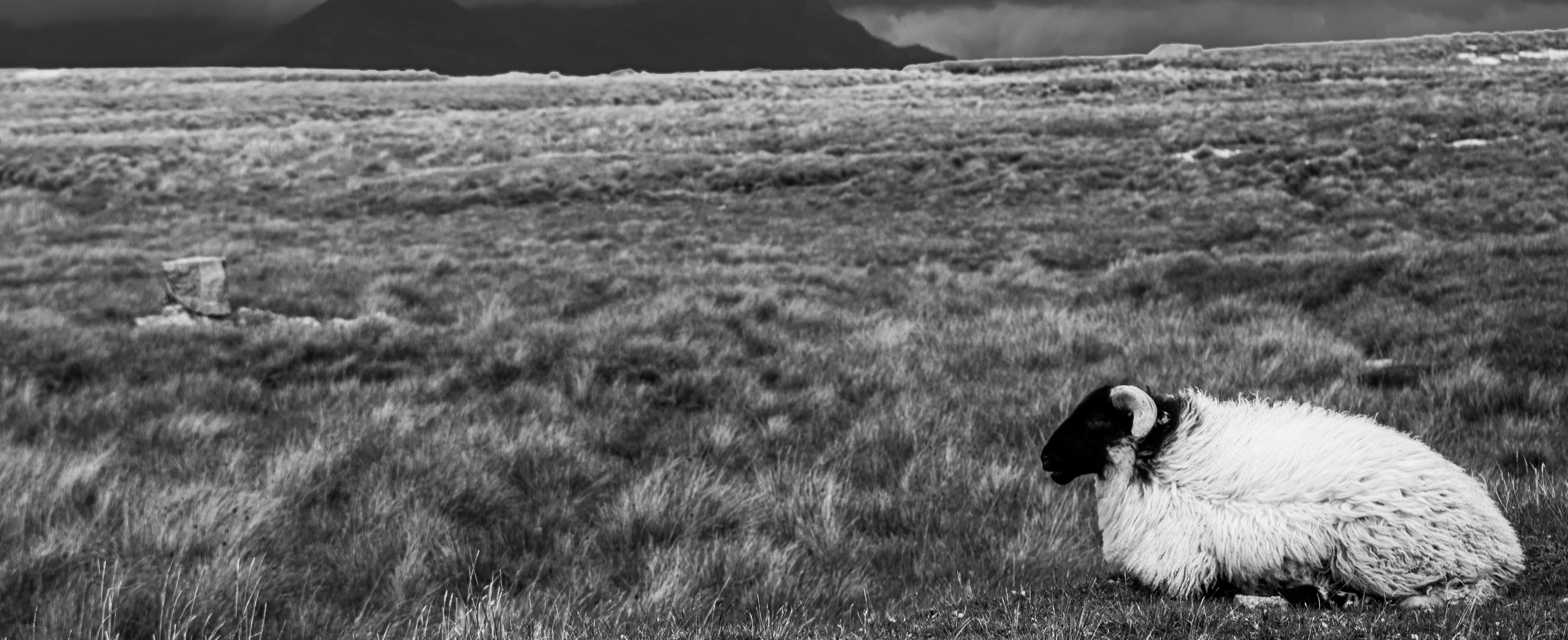Abstract
This article investigates the ambiguous potential of webcameras, as they are currently being used by nature conservation societies to broadcast non-human animal life 24/7, for relationships of species companionship. The article presents a post-phenomenological analysis of structures of webcam viewing. It is argued that while this viewing can affirm the power of technology and human animals over nature, sustained viewing also affords visual co-presence of human viewers with nonhuman animal life, a first basic condition for species companionship. A second condition of companionship must be that animals are experienced as living beings in their own right. Webcam viewing contains nonhuman animals as objects for spectacle in a viewing space defined by the human eye. It is argued however, that camviewing also invites ‘haptic’ viewing that challenges optical viewing regimes and established subject-object hierarchies. Haptic viewing speaks to the bodies of viewers, touching them and drawing them out of themselves into animal life as shared life. Webcam viewing is not symmetrical. Nonhuman animals do not relate to the camera in the same way as human animals. Nevertheless, they are not absent from the design and set-up of the camera, and actively participate in the hermeneutic work taking place. The article concludes that there is room for improvement in current practices to further challenge one sided relationships of voyeurism, such as making the participation of non-human animals more explicit and facilitating haptic over optical viewing by the organisation of the views.
How to Cite:
Kamphof, I., (2013) “Linking Animal and Human Places: The Potential of Webcams for Species Companionship”, Animal Studies Journal 2(1), 82-102.
Downloads:
Download PDF
450 Views
1537 Downloads

